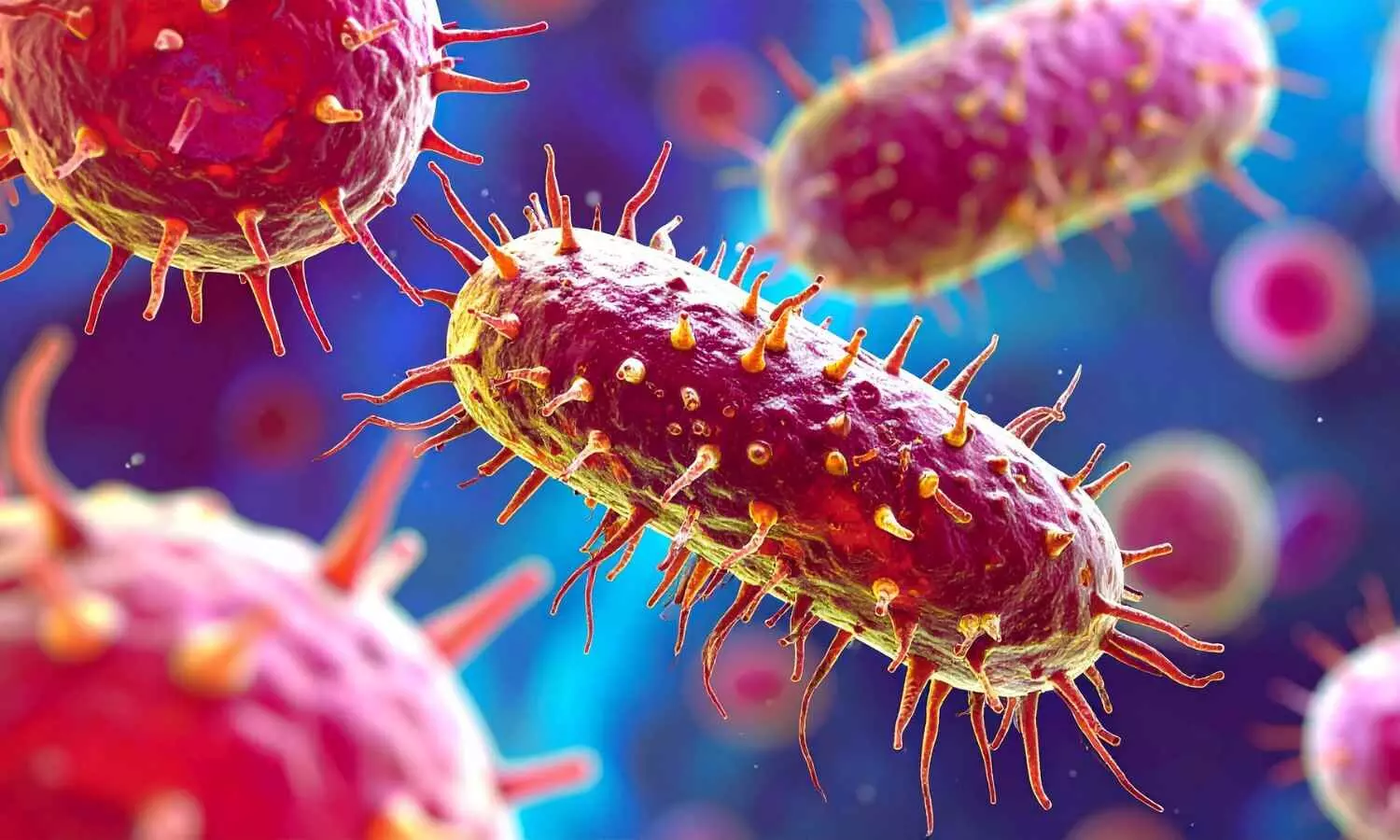WHO releases new reports on emerging diagnostics and treatments for bacterial infections
- byDoctor News Daily Team
- 04 October, 2025
- 0 Comments
- 0 Mins

The World Health Organization (WHO) has released new reports on antibacterial agents in clinical and preclinical development, along with diagnostics available or in the pipeline to detect priority bacteria. These reports aim to guide antibacterial R&D efforts to better combat the rising threat of antimicrobial resistance (AMR).Both reports seek to guide antibacterial research and development (R&D) to more effectively address the growing threat of antimicrobial resistance (AMR). First released in 2017, WHO’s Analysis of antibacterial agents in clinical and preclinical development: overview and analysis 2025 assesses whether current R&D efforts are keeping pace with the urgent need for new treatments against the most dangerous drug-resistant bacteria, as identified by WHO. According to this new analysis, the number of antibacterials in the clinical pipeline decreased from 97 in 2023 to 90 in 2025. Of these, 50 are traditional antibacterial agents and 40 are non-traditional approaches such as bacteriophages, antibodies, and microbiome-modulating agents. The pipeline faces a dual crisis: scarcity and lack of innovation. Among the 90 antibacterials in development, only 15 qualify as innovative. For 10 of these, available data are insufficient to confirm the absence of cross-resistance, meaning that resistance to one antibacterial could also reduce effectiveness against another treatment. Furthermore, only 5 of the antibacterials are effective against at least one of the WHO “critical” bacteria – critical being the BPPL’s top risk category, over ‘high’ and ‘medium’ priority. Of the 50 traditional antibiotics, 45 (90%) target priority pathogens, including 18 (40%) focused on drug-resistantMycobacterium tuberculosis. Gaps persist in specific areas, including paediatric formulations, oral treatments for outpatient use, and solutions to address escalating resistance such as combination strategies with non-traditional agents. Since July 2017, 17 new antibacterial agents against priority bacterial pathogens have obtained marketing authorization, but only two represent a new chemical class. The preclinical pipeline remains active, with 232 programmes across 148 groups worldwide, though 90% of companies involved are small firms with fewer than 50 employees which highlights the fragility of the R&D ecosystem. The focus remains heavily on Gram-negative bacteria, where innovation is most urgently needed. WHO urges developers to publish data on antibacterial activity to foster collaboration, attract investment, and accelerate innovation. Diagnostics are equally critical to AMR control, especially in low- and middle-income countries. The Landscape analysis of commercially available and pipeline in vitro diagnostics for bacterial priority pathogens maps existing and pipeline tools to detect and identify WHO BPPL pathogens, and to perform phenotypic antimicrobial susceptibility testing (AST) and genotypic resistance testing. The report identifies persistent diagnostic gaps, including: These limitations disproportionately affect patients in low-resource settings, where most people first present at primary health-care facilities. WHO stresses the urgent need for affordable, robust, and easy-to-use diagnostic platforms, including sample-in/result-out systems that work with multiple sample types (blood, urine, stool, respiratory specimens). “Antimicrobial resistance is escalating, but the pipeline of new treatments and diagnostics is insufficient to tackle the spread of drug-resistant bacterial infections,” said Dr Yukiko Nakatani, WHO Assistant Director-General for Health Systems. “Without more investment in R&D, together with dedicated efforts to ensure that new and existing products reach the people who most need them, drug-resistant infections will continue to spread.” The Organization specifically calls for greater investment in tools designed for resource-limited settings, including those that eliminate the need for culture and simplifying diagnostic platforms for primary and secondary care use. Both publications released today aim to steer innovation and guide R&D investment across the antibacterial medicines and diagnostics ecosystems. Strengthening the pipeline requires coordinated action across drug discovery, clinical development of traditional and non-traditional agents, diagnostic innovation, equitable access strategies, and novel funding models to support the small and medium-sized enterprises currently driving antibacterial and diagnostic R&D.
Disclaimer: This website is designed for healthcare professionals and serves solely for informational purposes.
The content provided should not be interpreted as medical advice, diagnosis, treatment recommendations, prescriptions, or endorsements of specific medical practices. It is not a replacement for professional medical consultation or the expertise of a licensed healthcare provider.
Given the ever-evolving nature of medical science, we strive to keep our information accurate and up to date. However, we do not guarantee the completeness or accuracy of the content.
If you come across any inconsistencies, please reach out to us at
admin@doctornewsdaily.com.
We do not support or endorse medical opinions, treatments, or recommendations that contradict the advice of qualified healthcare professionals.
By using this website, you agree to our
Terms of Use,
Privacy Policy, and
Advertisement Policy.
For further details, please review our
Full Disclaimer.
Recent News
Lower ketone levels and improved exercise capacity...
- 01 November, 2025
Citrus Flavonoids effective nutritional adjunct to...
- 01 November, 2025
Daily kimchi intake linked to reduced BMI and bell...
- 01 November, 2025
Daily Newsletter
Get all the top stories from Blogs to keep track.


0 Comments
Post a comment
No comments yet. Be the first to comment!